Examples of Antipyretic Patch Formulations and Production Processes
Release time:
2021-03-20
The main structure of the heat patch consists of three parts: a non-woven fabric substrate, a gel layer as the main body, and an anti-adhesion layer. The hydrophilic gel in the gel layer has good energy conversion capabilities, which can stimulate the cold receptors of nerve endings, producing a cooling sensation. After applying the heat patch, the heat from the skin is absorbed by the polymer gel layer and dissipated through vaporization, continuously removing heat from the body. The cooling time of the heat patch generally lasts for more than 6 to 8 hours.
The main structure of the heat patch is divided into three parts: the substrate non-woven fabric, the main gel layer, and the anti-adhesion layer. The hydrophilic gel in the gel layer has good energy conversion functions, which can stimulate the cold sensation receptors at the nerve endings, producing a cooling sensation. After applying the heat patch, the heat on the skin will be absorbed by the polymer gel layer and dissipated through vaporization, achieving the goal of continuously removing the body's heat. The cooling time of the heat patch generally lasts more than 6 to 8 hours.
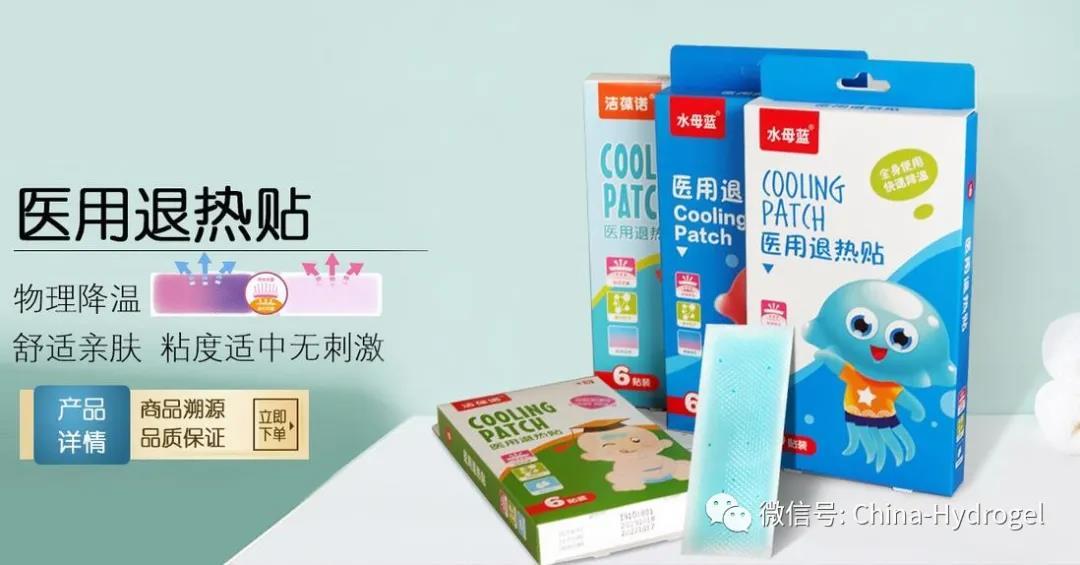
1. Formula Example
Non-additive cooling factor heat patch technology solution (brief description)
A. Features and Examples
l High viscosity, firmly adheres without falling off
l No menthol, non-irritating, can be used by pregnant women
l Long-lasting mild cooling sensation
l Crystal clear, aesthetically pleasing
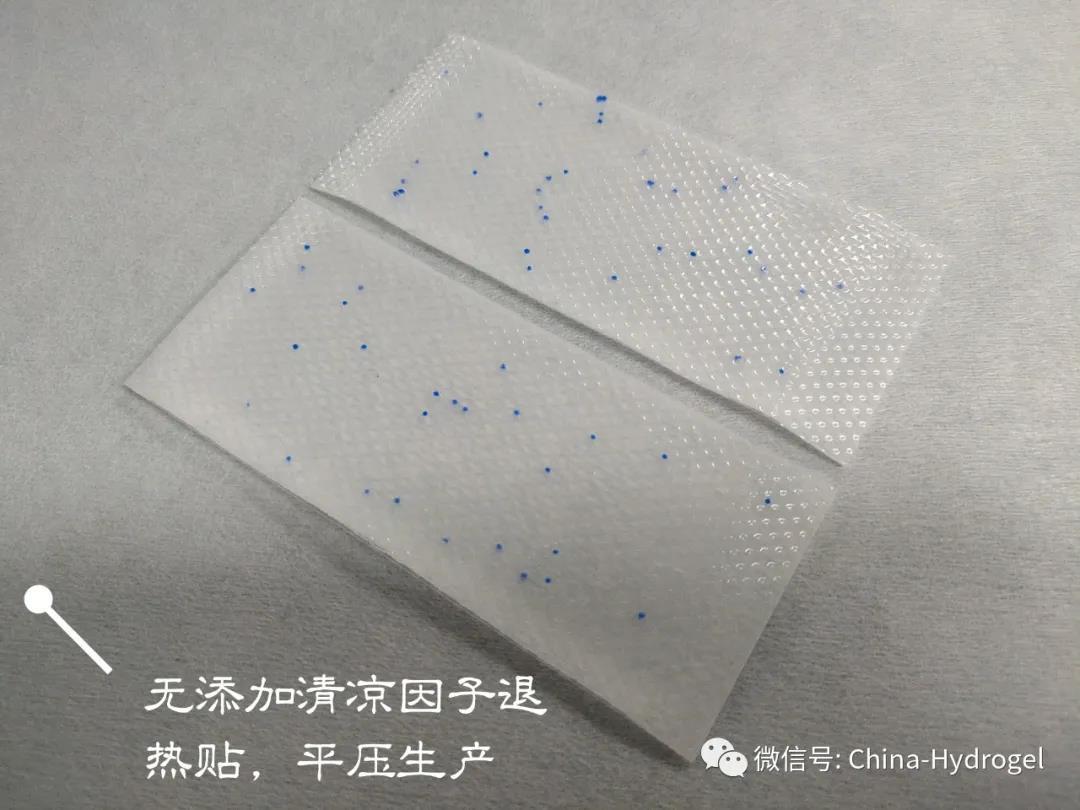
B. Technical Principles
1. Principle:
Sodium polyacrylate forms a three-dimensional cross-linked water-retaining gel layer under the action of aluminum ions. It is coated onto non-woven fabric and release film using specialized coating equipment, curing into an elastic hydrogel layer. After the gel layer contacts the skin, it softens the stratum corneum and continuously promotes the active components into the body.
C. Required Equipment
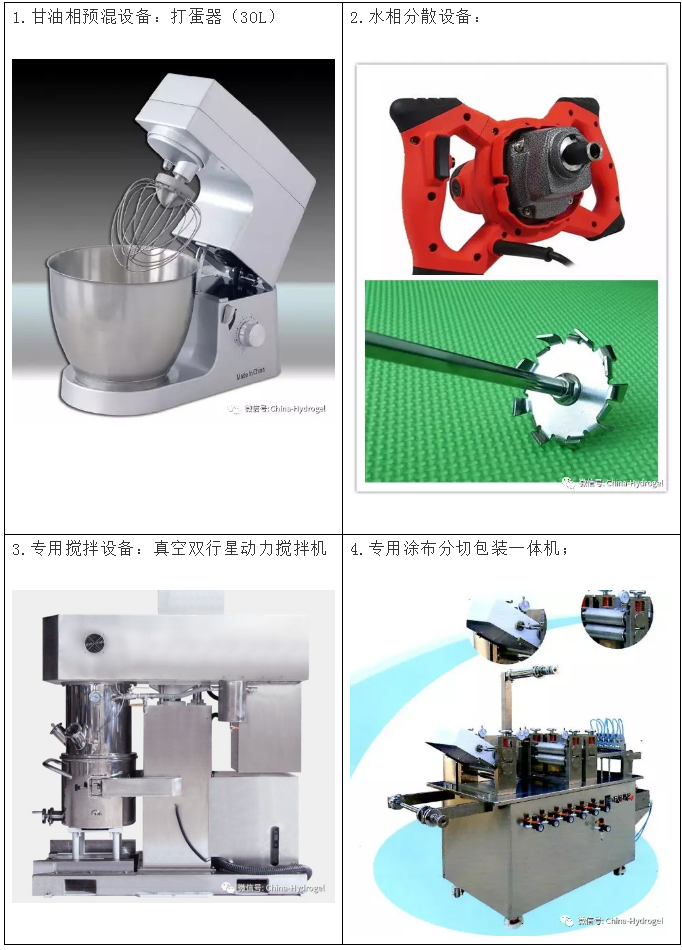
D. Materials, Formulas
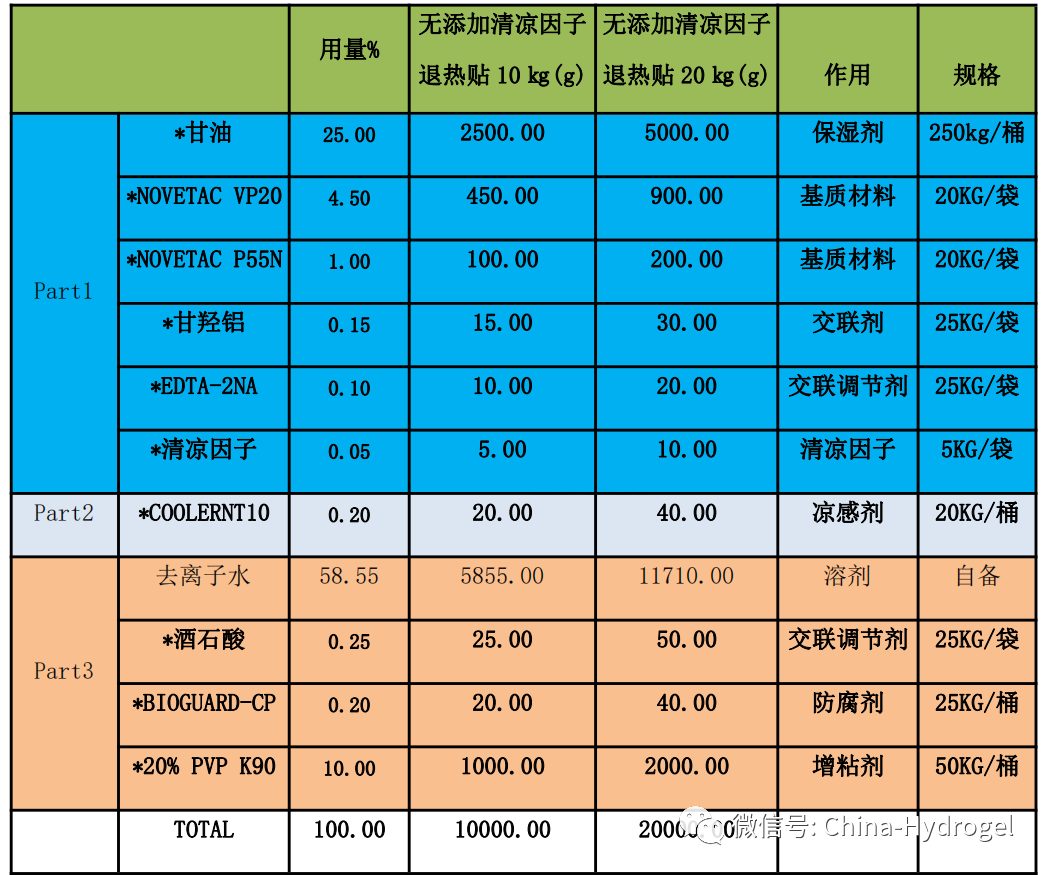
*(Black bold materials are supplied by our company)
Note: The dosage of EDTA-2NA can be adjusted slightly based on the temperature of the production environment and the coating time for each batch. While ensuring smooth coating, the dosage of EDTA-2NA can be appropriately reduced. The lower the temperature, the slower the product cures; the more EDTA-2NA used, the slower the curing.
Operating Steps:
1) First, add glycerin to the mixer, then add the other powder components from Part 1, and start mixing (medium speed) for 10-20 minutes until a uniform paste-like semi-fluid is formed, with no visible powder particles; add Part 2 before the mixing ends and mix well.
2) In another container, prepare Part 3 by first adding water and tartaric acid, BIOGUARD-CP, and mix evenly, then slowly add 20% PVP K90 while stirring until completely uniform.
3) Add the prepared Part 3 into the vacuum double planetary mixer, then add the already prepared Part 1.
4) Turn on the mixer under vacuum until the pressure gauge reads below 0.08pa, and mix quickly for 5-8 minutes until a viscous gel is formed.
5) Stop mixing, release the vacuum, and turn on the mixer to discharge into the dedicated coating machine's hopper.
6) Discharge from the hopper, turn on the coating machine, and set the machine's coating speed and conveyor speed according to production requirements.
7) Package after curing for 8-12 hours.
E. Process and Parameters
1. Process Flow

2. Process Parameters:
1) The glycerin phase (Part 1) must be mixed thoroughly, with no visible lumps.
2) The time from mixing the aqueous phase and glycerin phase (i.e., step 6) to discharging into the hopper must not be too long, not exceeding half an hour.
The coating time for each batch must be controlled within 40 minutes; excessive time may lead to difficulties in coating the remaining material.
2. Now, the production process of the heat patch is introduced in video form as follows:
1. Mixing: During the production of the heat patch, it is generally divided into glycerin phase and aqueous phase. The two phases of materials are added separately into the vacuum mixing pot, and vacuum mixing is started, generally controlling the mixing time at 5-8 minutes.
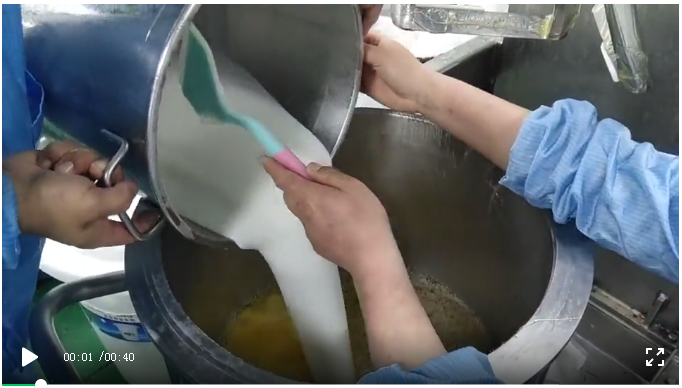
2. After mixing, transfer the gel to the hydrogel coating and forming cutting integrated machine for coating, forming, and cutting. The coating equipment on the market is generally divided into roller pressing forming and flat pressing forming. Roller pressing forming equipment is more common in the market, but the formed products may have uneven thickness, resulting in relatively poor flatness, although the equipment cost is lower; flat pressing equipment produces more uniform products but has a higher equipment cost.
2-1 Roller pressing forming heat patch
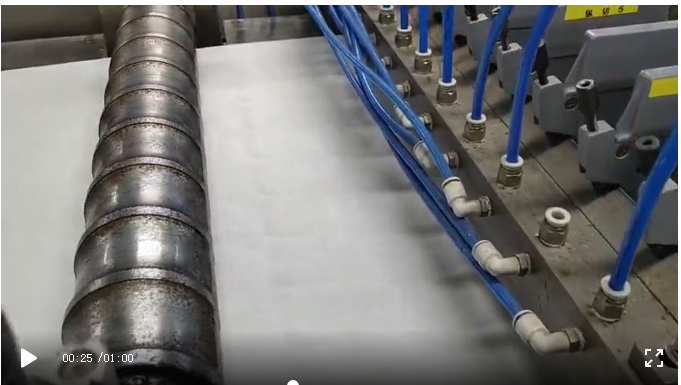
2-2 Flat pressing forming heat patch
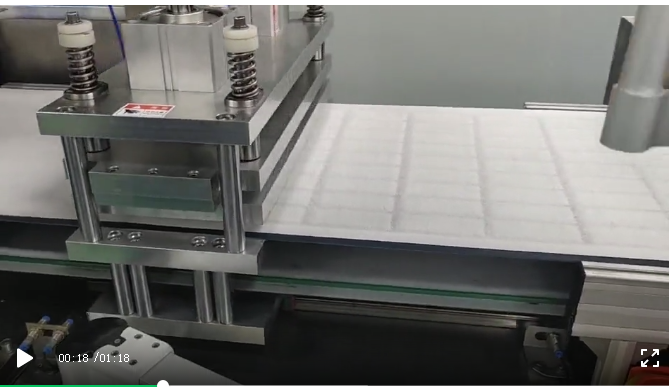
3. After the product is coated and cut, place it on a drying rack. The product cures for 8-12 hours before packaging. Generally, manual packaging is used in the market, but four-side sealing equipment or blister packaging can also be used.
3-1 Four-side sealing packaging
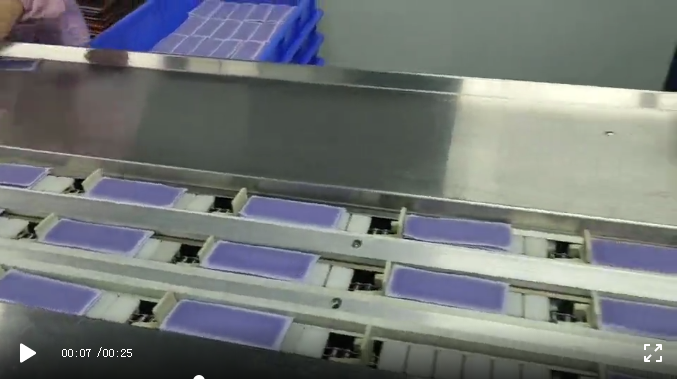
3-2 Blister packaging
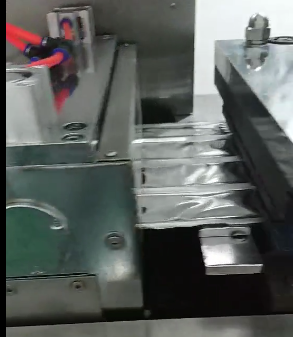
4. After the product is bagged or blistered, it is then boxed and packed.
Related Information
Beijing XinyiHuida Electromechanical
E-mail: xinyihuida@163.com
Mobile: +86-13911770565 Mr. Lin (General Manager)
Address: 415, 4th Floor, No.2 Jinguangnan Street, Jinguangnan Street, Xilu Street, Fangshan District, Beijing
Product Category
Copyright© Beijing XinyiHuida Electromechanical Equipment Co., Ltd










